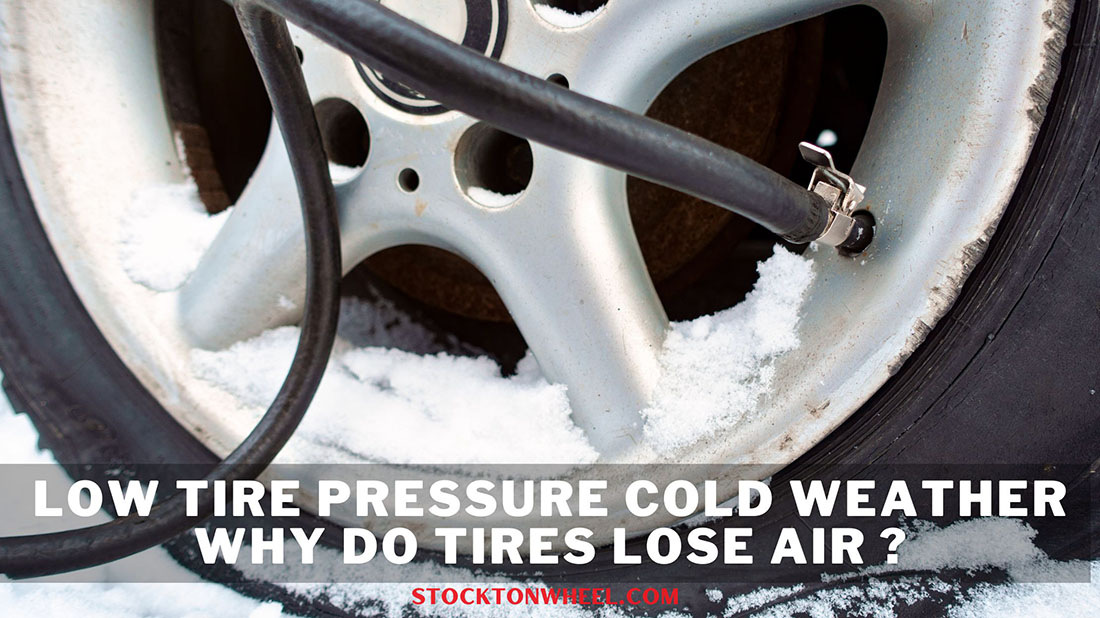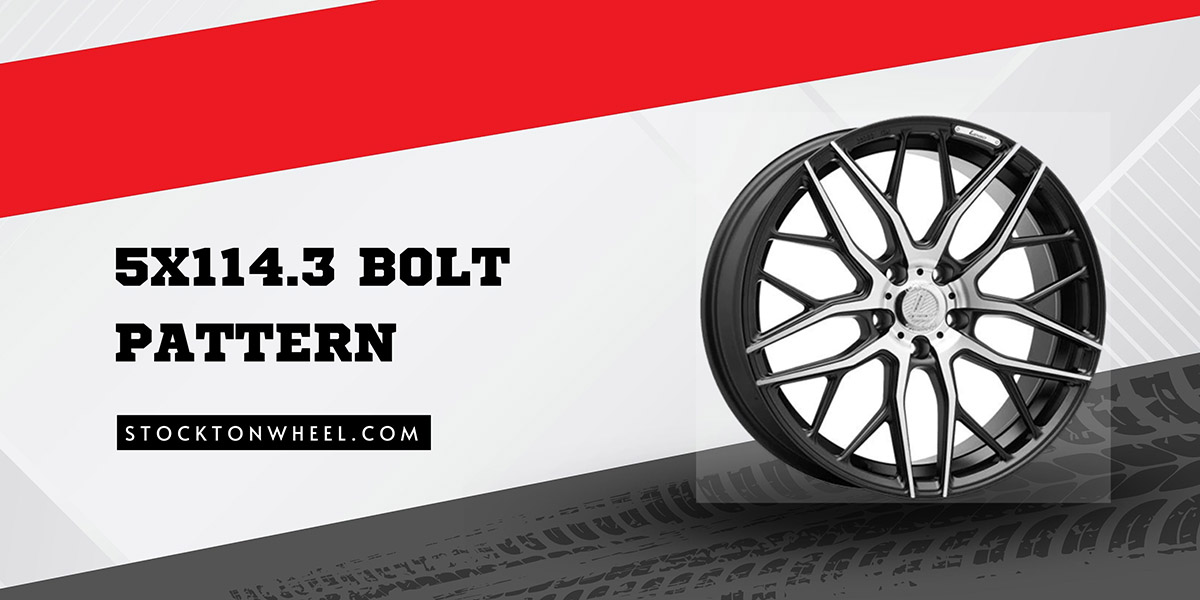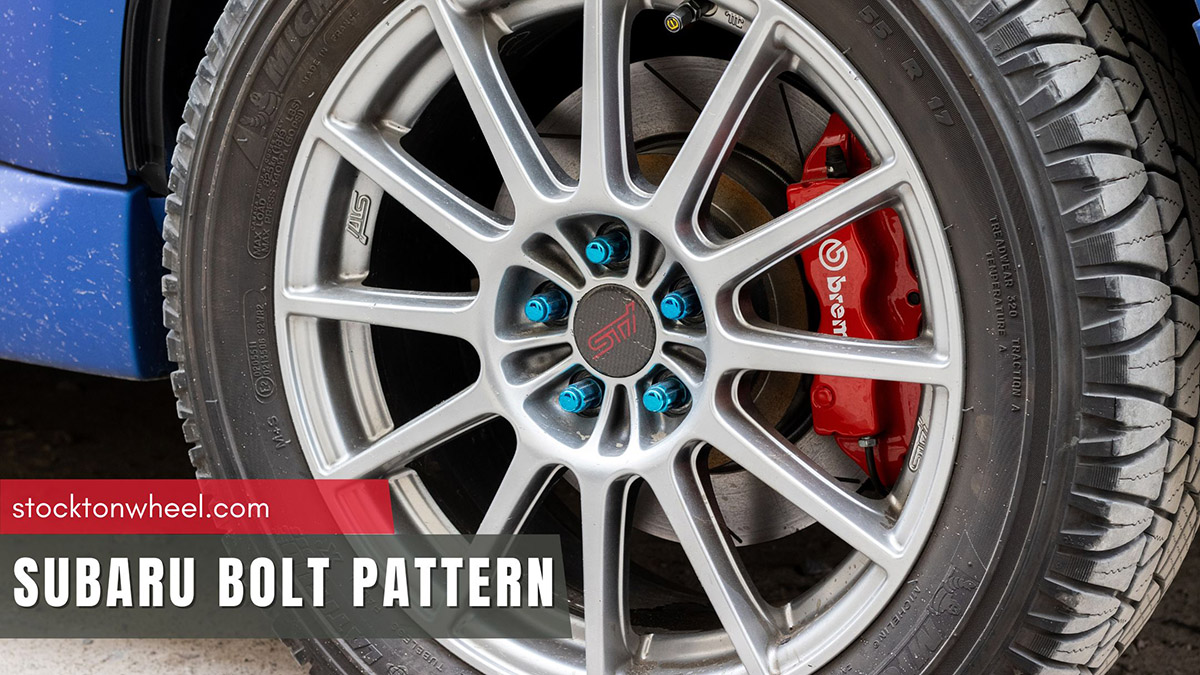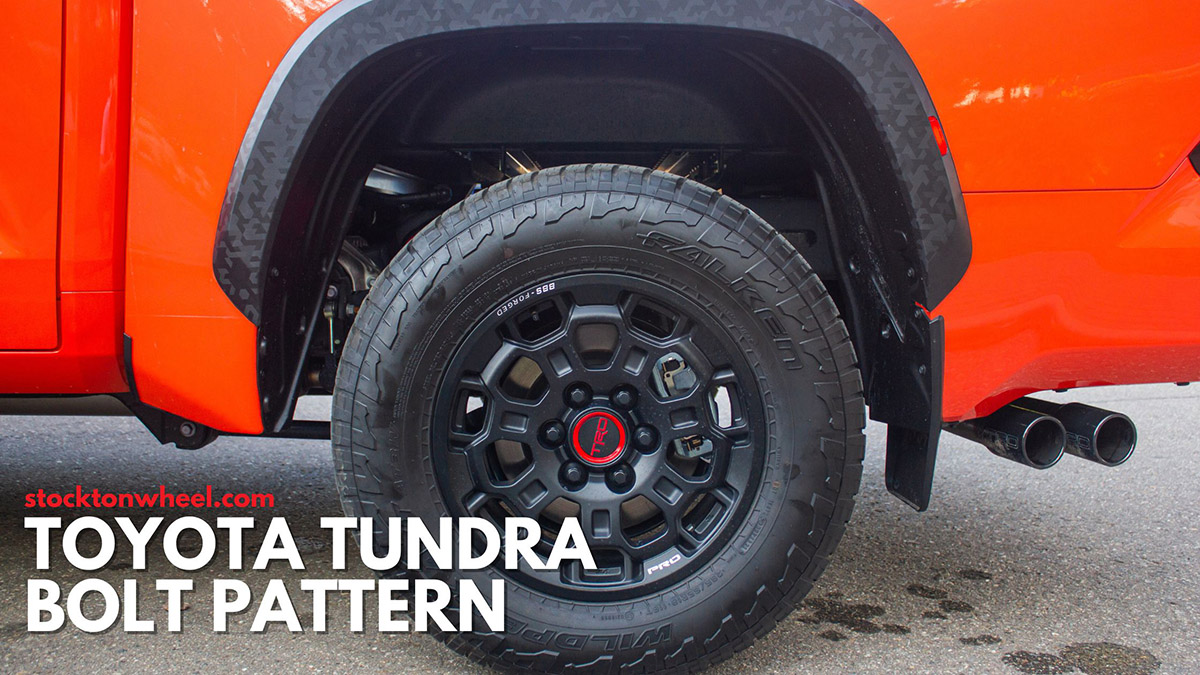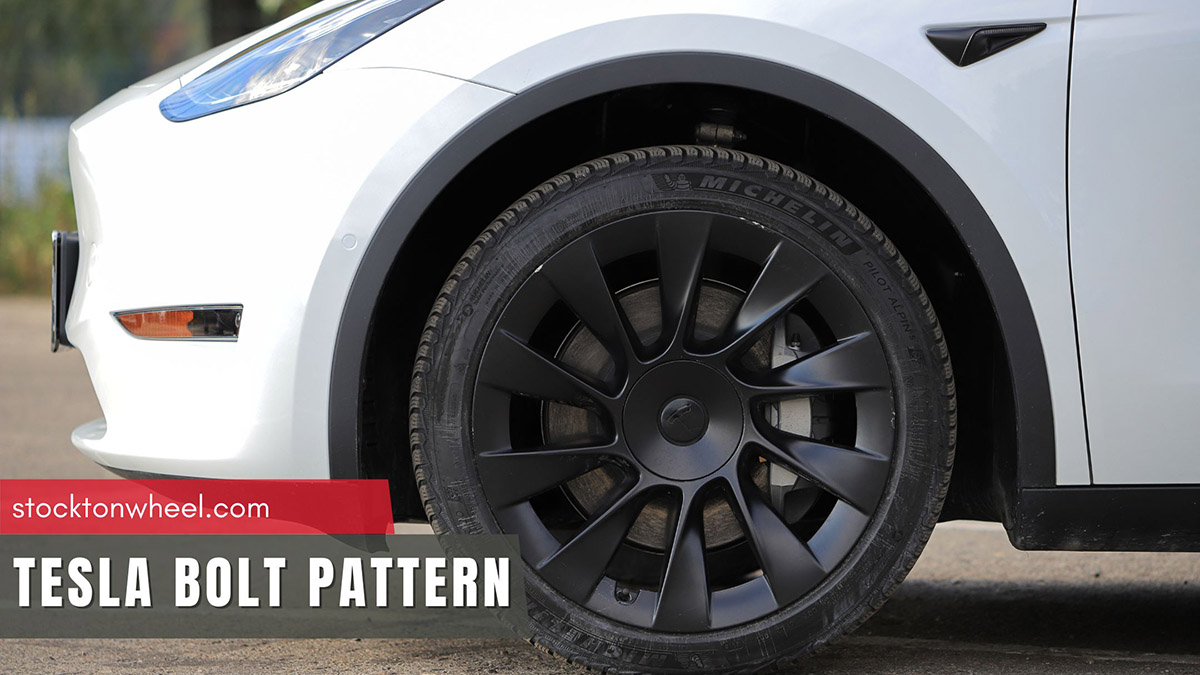In addition to driving challenges with slippery roads and reduced visibility, winter causes significant changes in tire pressure, potentially compromising vehicle performance, fuel efficiency, and even safety. Tire pressure light on when cold weather comes is no stranger. What could happen to your tires, and if so, what should be done? Scroll down to learn!
In this article:
Why Do Tires Lose Pressure In Cold Weather?
When winter approaches, cold air freezes and condenses the air molecules inside tires. As a result, the internal pressure is reduced faster than in other seasons. Every time the temperature decreases by 18°F (10°C), tire pressure drops by 1-2 PSI.
Tires lose 1 psi per month in normal conditions, but the loss happens faster as temperatures drop. What happened behind the low tire pressure from cold weather? The air molecules inside the tire slow down and lose kinetic energy. Hence, they take up less space and exert less pressure on the sidewall. This decline in movement leads to a drop in tire pressure.
Additionally, the decrease in ambient temperature affects the elasticity of the rubber compound. The tread becomes stiffer, which may cause small amounts of air to escape through the microscopic pores in the material surface. This gradual air loss further contributes to the reduced pressure over time.
How To Measure The Tire Pressure In Cold Weather?
When the TPMS signals, your tires have lost pressure. However, do not rush to measure it right away. Instead, park your car in a safe place and let it cool for at least three hours or overnight. An operating engine builds up heat, thereby messing up the readings.
In the meantime, it would help to learn about the acceptable PSI range for your vehicle. This information is available in the owner’s manual or the manufacturer’s official website. Furthermore, look for a small sticker on the fuel tank cap, driver’s door jamb, or glove box.
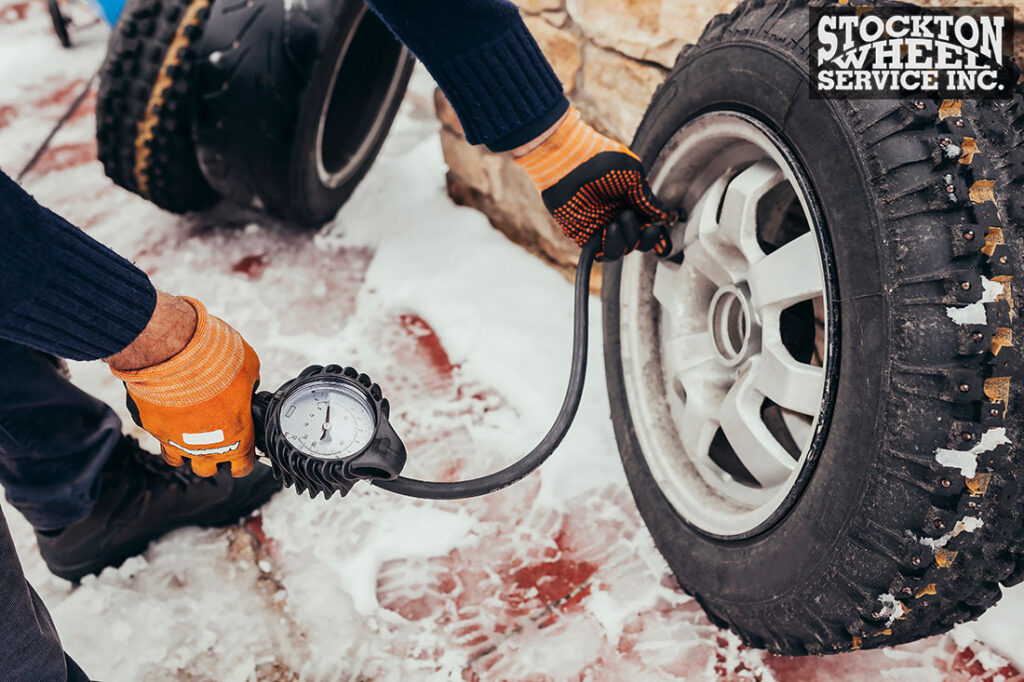
Now, prepare a pressure gauge. While pencil-style gauges with a small stick are affordable, digital ones are more user-friendly and promise accurate results.
Then, remove the valve stem cover and install the meter. If you do not know where to start, look for a plastic or metal part near the rim’s edge, close to where the tire meets the wheel.
Attach the gauge and adjust the contact angle until you no longer hear the hissing sound. Once the tool shows off the reading, remove it quickly to avoid air loss. Remember to tighten the cap immediately afterward.
How Should You Inflate Your Tire In Winter?
Recommend PSI Ranges
The ideal pressure range for almost any four-wheel vehicle is between 30 and 35 PSI, whereas skid steer tires require 45-60 PSI. As mentioned above, the temperature also influences the pressure rating. Refer to the table below for the recommended PSI variations for common vehicle types.
| Passenger car | 4WD Truck | Skid steer loader | |
| At 68 °F | 30 | 40 | 60 |
| At 32 °F | 26.9 | 36.3 | 54.9 |
| At 14 °F | 25.4 | 34.4 | 52.4 |
| At -4 °F | 23.9 | 32.5 | 49.8 |
Handy Tutorial
If you notice cold weather lowers tire pressure, invest in an air compressor and follow these steps to inflate your items:
- Stop the car at your home, gas station, or other safe place. Make sure the air hoses can reach both the front and rear wheels.
- Unscrew the tire valve cover.
- Attach the air compressor to the tire valve stem. Adjust the air nozzle until you can no longer feel the air escaping.
- Pump air within seconds. Learning the machine’s inflation rate is important to ensure it delivers just what your tires demand.
- Pull out the compressor and close the valve cap once one tire is properly inflated. Push the center pin to remove some air if it is overinflated.
4 Must-Dos To Take Care Of Your Tires When The Winter Comes
Tire pressure monitor and refill
If you live in cold regions, you should measure your tire pressure more regularly, ideally every 2 weeks (instead of once a month) or every time the TPMS is on. A low pressure not only hinders the correct operation of the tire but also reduces fuel efficiency, promoting wear and more serious damage.
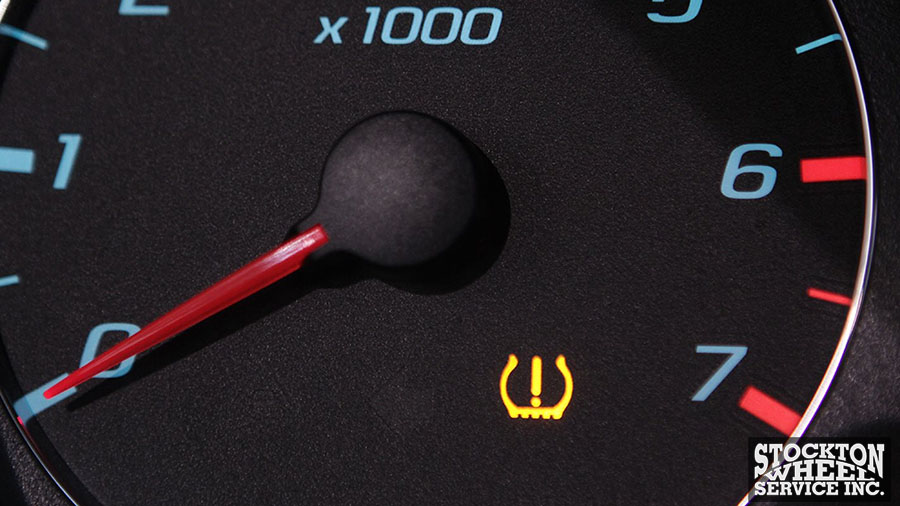
Inflate your tires according to our instructions if necessary. Or else, visit these maintenance centers, which probably offer a full maintenance package at affordable prices.
Tire rotation
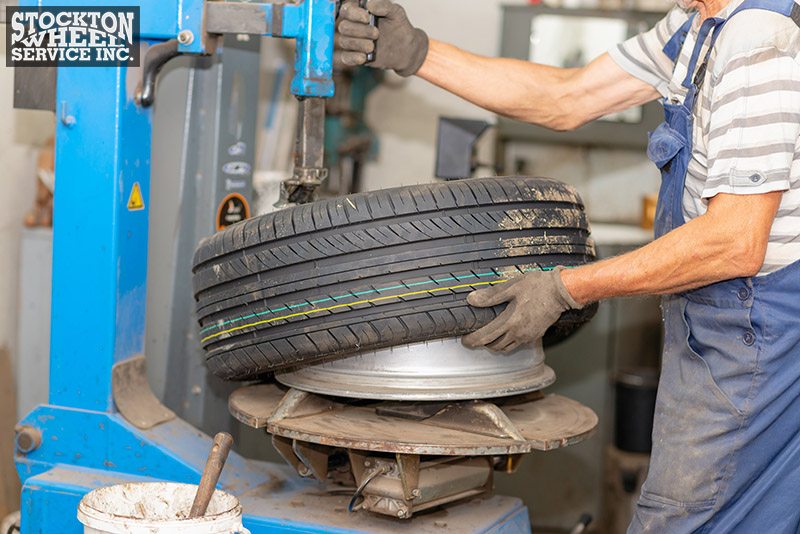
As an integral part of maintenance, regular rotation ensures uniform wear between the front and rear tires. You can do it at home to save money, but first, learn about the rotation pattern specified for each vehicle and tire type.
Throughout inspection
Look closely inside your tires for signs of wear or damage. You must also check if any punctures or sharp objects are attached to the surface. If you discover anything suspicious, take your vehicle to a trusted mechanical for an in-depth inspection
Winter tire installation
Nothing other than winter tires can guarantee you optimal performance under extreme winter weather and road conditions. These items are designed with flexible rubber compounds and deep grooves to maintain traction, handling capabilities, and maneuverability on snow-covered roads.
FAQs
Should I Inflate The Tire To The Max PSI In Winter?
No. While it is obvious that tire pressure tends to decrease in cold weather, you should only pump 3-5 PSI more than the normal level according to your manufacturer’s recommendation.
Is 25 PSI Bad For Tire Pressure?
25 PSI is generally considered low for most passenger vehicles. You’d better reach at least 28 and ideally between 32-35.
Is It OK to Drive With Tires At 30 PSI?
Tires at 30 PSI stay within a safe range, but the ideal rating varies depending on the make and model of your vehicle and the ambient temp. It is best to refer to the recommended tire pressure specified by your manufacturer.
What If Only One Tire Loses Air In Cold Weather?
It’s likely that your tire is at fault, like excessive wear, corroded wheel, bad valve stem, or improper mounting.
Conclusion
Maintaining the recommended tire pressure is crucial all year round, but it becomes particularly vital during colder months. When you see the tire pressure light in cold weather, check the PSI and inflate it properly to ensure a safe drive.

